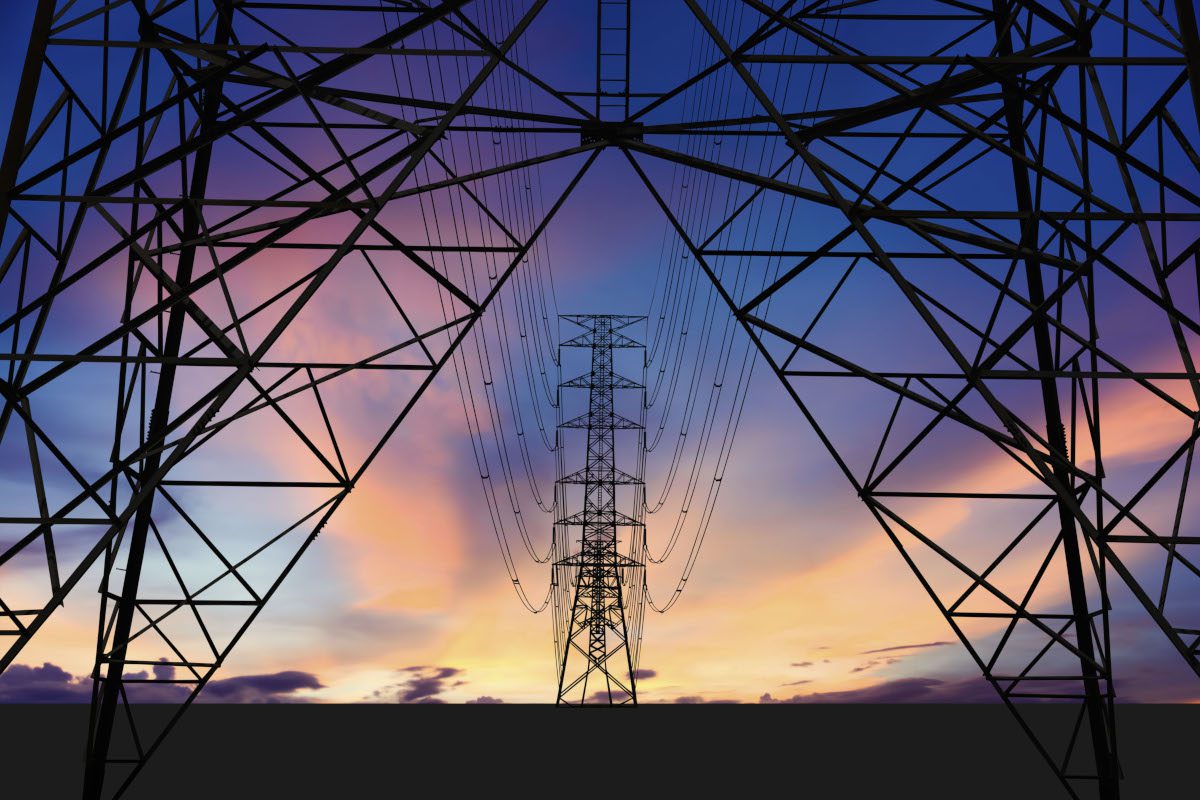
In its Winter Market Outlook study for 2022/23, LCP Energy Analytics has warned that the UK could experience 10 hours of insufficient electricity supply this winter. The firm’s modelled loss of load expectation (LOLE) of 10 hours (which represents an average result across a wide range of weather simulations) is well beyond both the current predictions of National Grid ESO in its Winter Outlook 2022/23 Early View which forecasted a LOLE of 0.1 hours, and GB’s reliability standard of 3 hours per year.
The analysis looked at a range of potential scenarios for the coming winter, updating National Grid ESO’s scenario to show a potential LOLE of 0.3 hours. LCP looked at the very possible scenario of the country’s energy system receiving no imports through its interconnectors from Europe (due to continued nuclear shortages in France and low hydroelectric levels in Norway) and concluded that GB could experience a LOLE of 29 hours. This level would be reduced to 10 hours if GB was to tap into its winter contingency reserve and prop up the energy system with coal.
These scenarios will necessitate National Grid ESO to act and explore all possible options for both increasing electricity generation to meet demand and also reducing demand by incentivising customers to voluntarily flex the time when they use their electricity. Where further supply cannot be found or demand voluntarily reduced, National Grid ESO will be required to take drastic action and disconnect customers, such as energy intensive industries, from the grid.
While LCP’s analysis warns of a LOLE of 10 hours over the winter, further appraisal of the current traded forward markets for this winter indicates that the energy market is priming itself for even bigger issues, with traded prices reflecting a LOLE of up to 70 hours. This is a wider reflection of the electricity system and how tight it is expected to be over the winter.
Chris Matson, Partner at LCP, explains the findings:
“The irony is that as Europe baked during this summer’s heatwave, it was simultaneously sowing the seeds for further pain this winter. As a result of the extreme droughts and the lack of water that is hitting hydroelectric systems in key interconnector markets like Norway, coupled by the issues we are seeing in France with their nuclear reactors, there are significant doubts about the availability of electricity coming into GB from the continent which is critical to our security of supply.
“While our analysis has looked at where GB’s electricity will be generated, the current market pricing for the winter months ahead is factoring in a much bleaker outlook and the possibility of gas supply issues across Europe. The market is clearly not ignoring this risk and factoring it into their current pricing for the winter; with the scarcity value of electricity driving prices to exceptional highs, far beyond the level explained by gas prices alone.
“To keep the lights on this winter it is likely that the energy system will need to fire up its ageing coal power stations despite our recent commitments to climate action. Whilst coal has made a much lower contribution to UK electricity supply over recent winters due to the success of deploying offshore wind and other renewable technologies, I expect that this winter we will see coal play a crucial part in providing energy security.”






